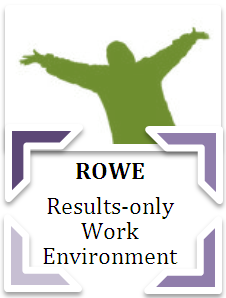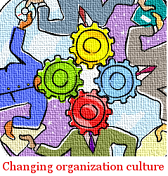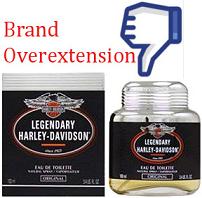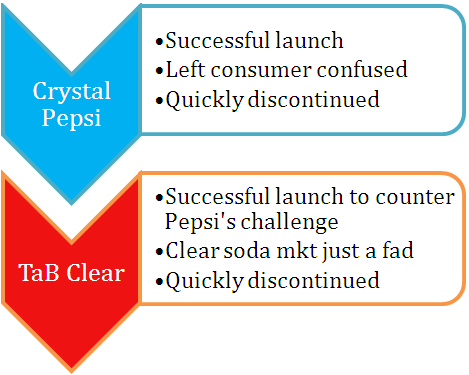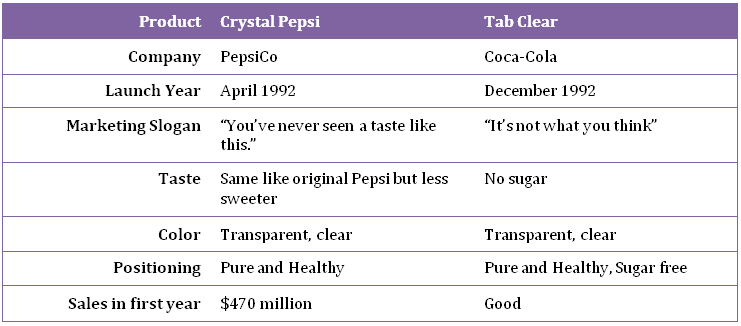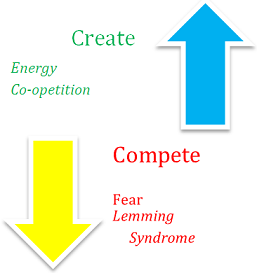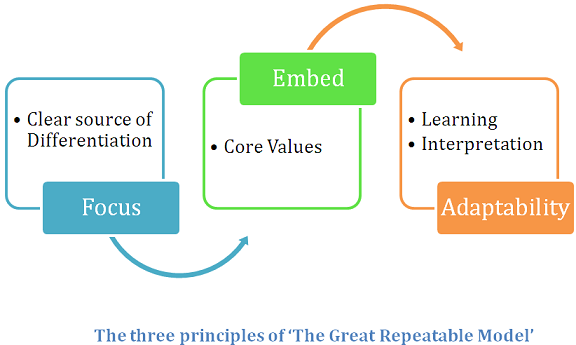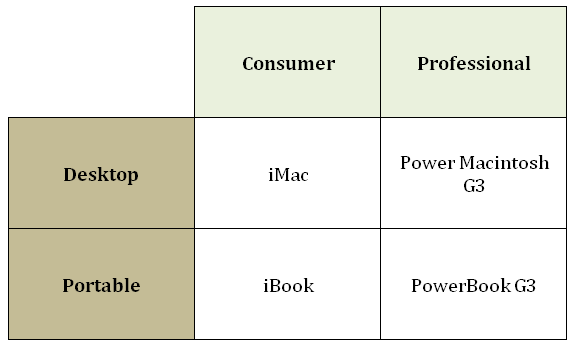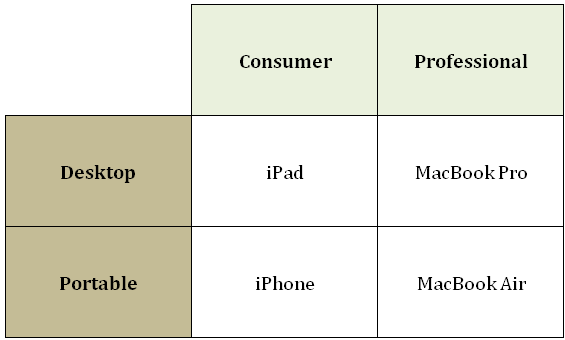Trouble at Philips
In the 1990s, Netherlands-based Royal Philips Electronics (Philips) was performing poorly. By the end of the 90s decade Philips was nearly bankrupt with record losses. Innovations like the rotary head shaver, compact cassette and the CD, DVD formats had come from the Philips stable and it was hard to believe that the company was going down. Though it was Europe’s largest electronics company, it was not making profits from its consumer-electronics division. U.S. sales were disappointing as well.
The restructuring
In April 2001, Gerard Kleisterlee took over as Philips’ President. He knew it was time for some bold decisions if he had to revive the famous company. He immediately took routine restructuring steps like selling non-core businesses, outsourcing unprofitable production and centralizing major functions like HR and payroll were completed. However, he knew this was not the long-term solution.
‘Towards One Philips’ (TOP) program
In 2001, Kleisterlee launched the ‘Towards One Philips’ (TOP) program for company-wide efficiency, integration and synergy-creation. Under the program, the business structure was simplified from 14 product divisions down to five product divisions.
Strategic Conversations
Technology and tactics were not the answer. Kleisterlee believed talking was the key as there was minimal communication among the six departments the business was divided into. He sponsored “strategic conversations”, a move to develop assurance, kindle cooperation across departments, and kindle speed new product introduction to market. As a first step to enable strategic conversations, he identified four key themes that Philips could be successful in – display, storage, connectivity, and digital video processing. Next, he invited everyone who could contribute irrespective of rank to one-day summit talks on the four themes. The idea was to establish dialogue to begin a road map and strategy for key projects by exchanging views and debating various settings.
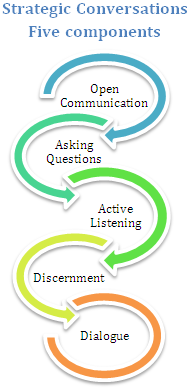
The benefits
In March 2003, Kleisterlee announced at a shareholder meeting that the company had identified over 600 projects with a total potential saving of over EUR 500 million as part of the ‘Towards One Philips’ (TOP) program.
The benefits were evident as it brought about a clear culture change. With increased collaboration among product divisions there was increased knowledge sharing. Because of the talks, the management realized that winning in optical storage implied winning in the DVD-recorder market.
Many projects, which required a unified effort of various divisions, were created. E.g., ‘Ambient Experience’ was a joint effort of Philips’ Medical, Lighting, Consumer Electronics and Design divisions. New technologies like ‘Connected Home’ were also developed as part of the TOP initiative.

